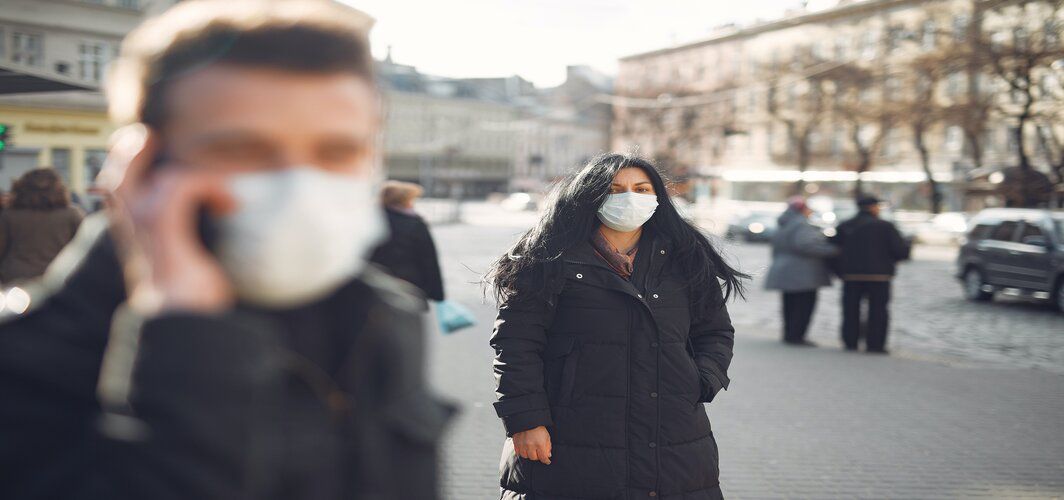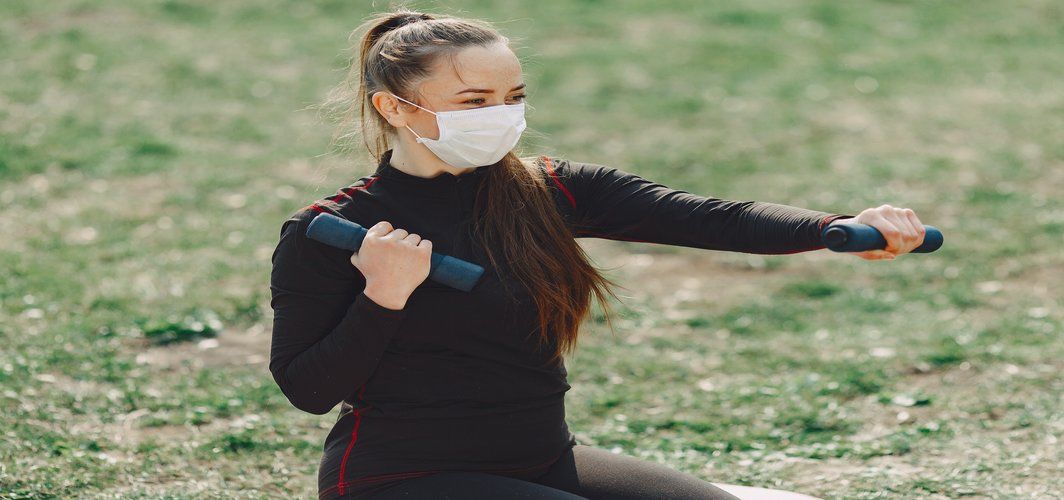Coronavirus Updates
Coronavirus airborne transmission: The latest update
4 min read
By Apollo 24/7, Published on - 07 October 2020, Updated on - 18 October 2022
Share this article
5
21 likes

What does airborne transmission mean?
What are the other types of transmission?
- Contact transmission – When an infection is transmitted through direct contact (usually touch) with an infected person or with a virus-contaminated surface, it is known as contact transmission. The contact with virus-laden surfaces is more often called ‘fomite transmission.
- Droplet transmission – This occurs when the respiratory droplets of an infected person reach the nose, mouth, or eyes of a vulnerable person when they are in close contact, usually within 1 metre. The respiratory droplets may be exhaled when the infected person coughs, sneezes, or talks.
So, is the Coronavirus transmission airborne?
- Exposure to the virus-containing respiratory particles for longer times: A healthy person can get infected when they are around a COVID-19 infected person generating respiratory droplets for over 30 minutes in a confined place. These droplets may have been produced by expiratory exertion when carrying out activities like shouting, exercising, running, etc.
- Enclosed spaces – Infections can occur in enclosed spaces where a vulnerable person and an infected person were present at the same time. Even when the COVID-19 person leaves the enclosed space, vulnerable people are likely to get infected if they visit the place right after.
- Places with limited ventilation – Airborne transmission of COVID-19 can occur in places with poor ventilation as such places allow the suspended respiratory droplets to build up in the air.
How to prevent airborne transmission of COVID-19?
- Avoid crowded indoor spaces as these spaces can raise the concentration of virus-laden respiratory particles and droplets suspended in the air.
- Always wear masks when stepping out or when you are in a public setting where maintaining physical distance is difficult.
- Practice social distancing by keeping a physical distance of at least 6 feet from other people.
- Follow hand washing etiquettes such as washing your hands frequently with soap and water for at least 20 seconds. Alternatively, use an alcohol-based hand sanitizer to clean your hands.
- Ensure cleaning and disinfection of surfaces, especially the frequently-touched ones.
Conclusion
Coronavirus Updates
Leave Comment
Recommended for you

Coronavirus Updates
Explained: The 2-DG Drug for COVID-19 Treatment
On 17th May 2021, the first batch of an indigenously developed anti-COVID-19 therapeutic drug 2-DG was formally released for emergency use in India.

Coronavirus Updates
Can Exercising or Working Out With a Face Mask be Dangerous?
Wearing a face mask when exercising can affect your ability to breathe easily. This may be because exercise results in harder and faster breaths leading to airflow constriction.

Coronavirus Updates
Oxygen Concentrators: Everything You Need to Know
An oxygen concentrator is a device that provides supplemental oxygen to a patient with breathing issues. It works by filtering and concentrating oxygen from ambient air.
Subscribe
Sign up for our free Health Library Daily Newsletter
Get doctor-approved health tips, news, and more.
Visual Stories

COVID-19: The situation on ground [6th July 2021]
Tap to continue exploring
Recommended for you

Coronavirus Updates
Explained: The 2-DG Drug for COVID-19 Treatment
On 17th May 2021, the first batch of an indigenously developed anti-COVID-19 therapeutic drug 2-DG was formally released for emergency use in India.

Coronavirus Updates
Can Exercising or Working Out With a Face Mask be Dangerous?
Wearing a face mask when exercising can affect your ability to breathe easily. This may be because exercise results in harder and faster breaths leading to airflow constriction.

Coronavirus Updates
Oxygen Concentrators: Everything You Need to Know
An oxygen concentrator is a device that provides supplemental oxygen to a patient with breathing issues. It works by filtering and concentrating oxygen from ambient air.